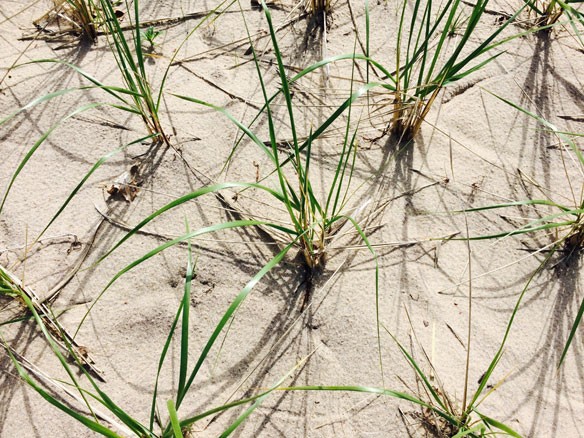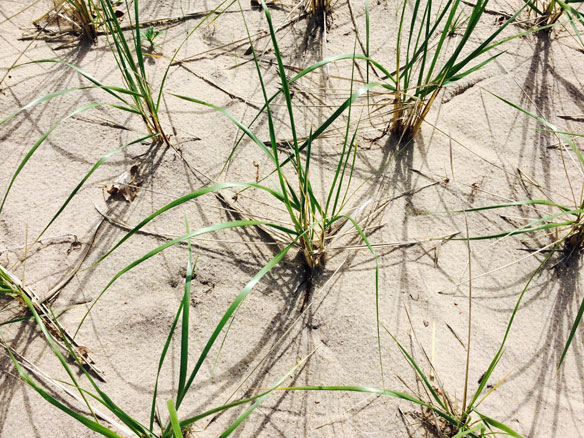
Coastal restoration. Photograph: © SAF — Coastal Care
Excerpts;
When Hurricane Matthew approached North Carolina in October, many in the state – from scientists to casual observers – watched to see the effects on shorelines.Storm surge and increased wave action can visibly wear away the coast. How would properties with bulkheads fare? Or, for those with wetlands conservation in mind, would living shorelines deliver what they promised..?
Read Full Article, Coastal Review (12-08-2016)
“Living Shorelines” Will Get Fast Track to Combat Sea Level Rise, Scientific American (07-06-2016)
As sea levels rise along U.S. coasts, it may soon get easier for people and local governments to obtain federal permits to build what are known as “living shorelines,” natural or nature-based structures designed to protect communities and infrastructure from extreme storms and flooding even as they protect habitat…
Living shorelines a more natural approach to preventing coastal erosion, WNCT (05-18-2016)
For centuries, large bulkheads have been used to help control erosion along coastlines. More recent research suggests that a natural approach may be a better alternative. Having nature on your side, especially during a storm or hurricane, is proven to provide better protection from coastal erosion…
Living Shorelines: Better Than Bulkheads, Coastal Review Online (02-08-2016)
More than 14,000 miles – 14 percent of continental U.S. coastline — has been armored with hardened structures. Hardened structures cause elevated rates of erosion on the shoreward side of the structure…
Rethinking Living Shorelines, By Orrin H. Pilkey, Rob Young, Norma Longo, and Andy Coburn;Program for the Study of Developed Shorelines / Western Carolina University, March 1, 2012, Nicholas School of the Environment, Duke University
In response to the detrimental environmental impacts caused by traditional erosion control structures, environmental groups, state and federal resource management agencies, now advocate an approach known as “Living Shorelines”that embraces the use of natural habitat elements such as indigenous vegetation, to stabilize and protect eroding shorelines.
NOAA Study Finds Marshes, Reefs, Beaches Can Enhance Coastal Resilience, NOAA (04-29-2015)
Coastal erosion needs our attention, South Coast Today (01-04-2016)
NOAA study finds ‘living shorelines’ can lessen climate change’s effects, NOAA (12-22-2015)
“Engineering away our natural defenses: An analysis of shoreline hardening in the US,” A Study by By Rachel K. Pittman, ResearchGate (08-08-2015)
Rapid coastal population growth and development are primary drivers of marine habitat degradation. Although shoreline hardening, a byproduct of development, can accelerate erosion and loss of beaches and tidal wetlands, it is a common practice globally. 22,842 km of continental U.S. shoreline, 14% of the total, has been hardened…









